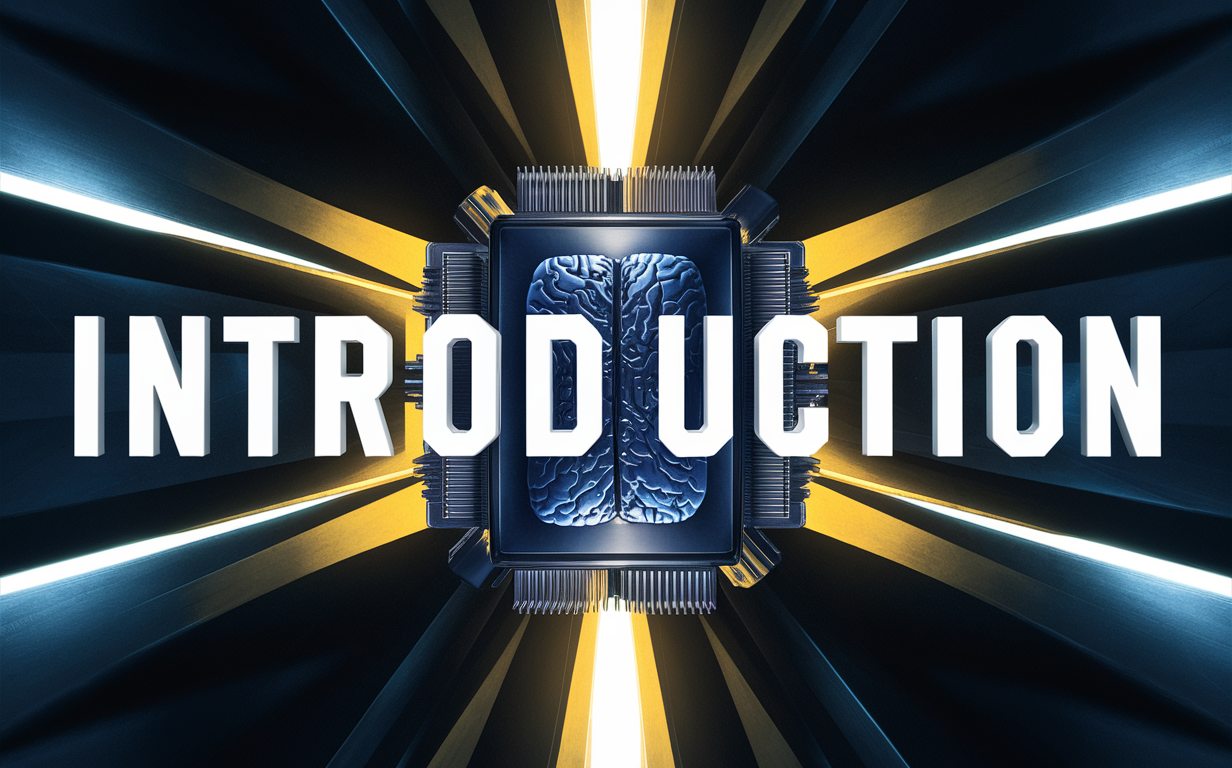Crypto Crash Course : Introduction
Introduction

Welcome to the World of Crypto
Hey there! Welcome to the exciting world of crypto. If you've picked up this book, you're probably curious about what all the buzz is about and how you can get involved. You're in the right place! This book is your crash course into the realm of blockchain and cryptocurrencies. Whether you're a complete newbie or someone who has dabbled a bit and wants to know more, we’re here to guide you through it all.
In this book, we’ll cover everything you need to know to get started with crypto. We'll explain the basics of blockchain technology, explore popular cryptocurrencies like Bitcoin and Ethereum, and walk you through setting up your first digital wallet and making your first crypto transactions. We’ll also delve into more advanced topics like smart contracts, decentralized finance (DeFi), and the future of crypto in modern finance.
Understanding blockchain and cryptocurrencies is becoming increasingly important. These technologies are reshaping how we think about money and transactions. They offer transparency, security, and decentralization—qualities that are challenging traditional financial systems. Whether you're looking to invest, work in the industry, or simply stay informed, having a good grasp of crypto can give you a real edge.
Cryptocurrencies are no longer just the playground for tech geeks and early adopters. Major financial institutions, governments, and corporations are getting involved. Bitcoin is often referred to as digital gold, and Ethereum’s smart contract capabilities are being used in everything from finance to supply chain management. Just as the internet revolutionized communication and information access, blockchain and crypto are revolutionizing ownership, trust, and value transfer. They're opening up new opportunities for innovation, financial inclusion, and even social change.
The Evolution of Money
Before diving into the specifics of blockchain and cryptocurrencies, it's helpful to understand the historical context of money. This journey starts from the ancient barter systems to the digital currencies we use today.
Historical Context: From Barter to Digital Currency
Money, in its simplest form, is a medium of exchange. In ancient times, people relied on bartering goods and services. You might trade a cow for a bushel of wheat, but this system was far from perfect. It relied on a double coincidence of wants—meaning both parties had to want what the other was offering.
As societies advanced, they moved to commodity money like gold and silver, which had intrinsic value and were widely accepted. Eventually, paper money emerged, backed by these precious metals. This was more convenient but still tied to the physical constraints of gold and silver reserves.
The 20th century saw the rise of fiat money—currency that a government declares as legal tender but isn't backed by a physical commodity. The value of fiat money is based on trust and regulation, and it powers the global economy today.
Introduction to the Concept of Decentralization
One of the most groundbreaking aspects of cryptocurrencies is decentralization. Traditional financial systems rely on centralized entities like banks and governments to manage and regulate money. These intermediaries hold significant power and control over transactions and data.
Blockchain technology, the backbone of cryptocurrencies, introduces a decentralized model. Instead of a single central authority, transactions are verified and recorded by a network of computers (nodes). This network operates on a consensus mechanism, ensuring that all transactions are legitimate and agreed upon by the majority.
Decentralization brings several benefits:
- Transparency: All transactions are recorded on a public ledger, accessible to anyone. This openness helps prevent fraud and corruption.
- Security: The distributed nature of the blockchain makes it highly resistant to hacking and tampering.
- Empowerment: Individuals have greater control over their assets and data, reducing reliance on intermediaries.
By understanding the evolution of money and the concept of decentralization, you're better equipped to appreciate the significance of blockchain and cryptocurrencies. This foundational knowledge will help you navigate the rest of this book and the world of crypto with confidence. So, let’s dive in and explore this revolutionary space together!